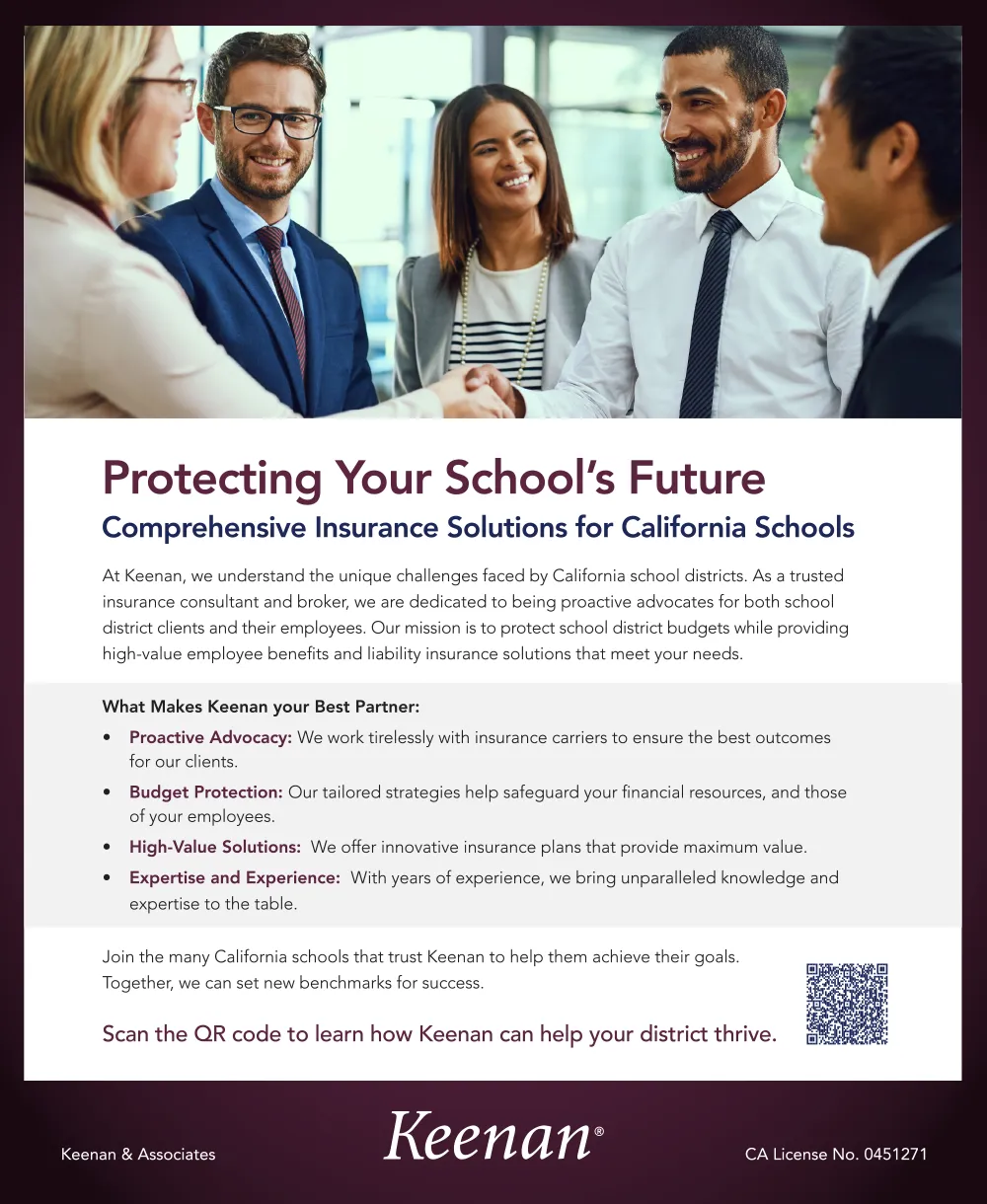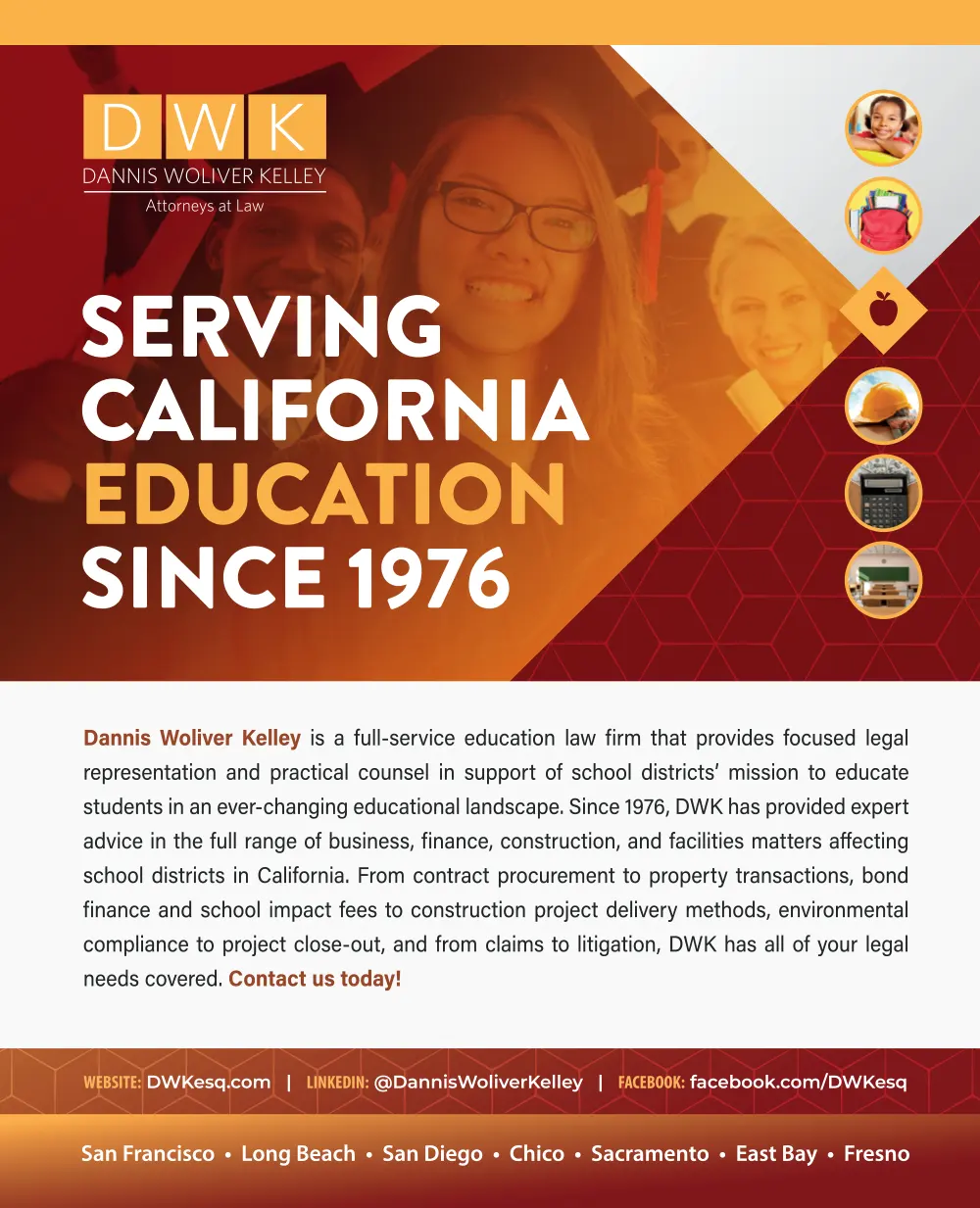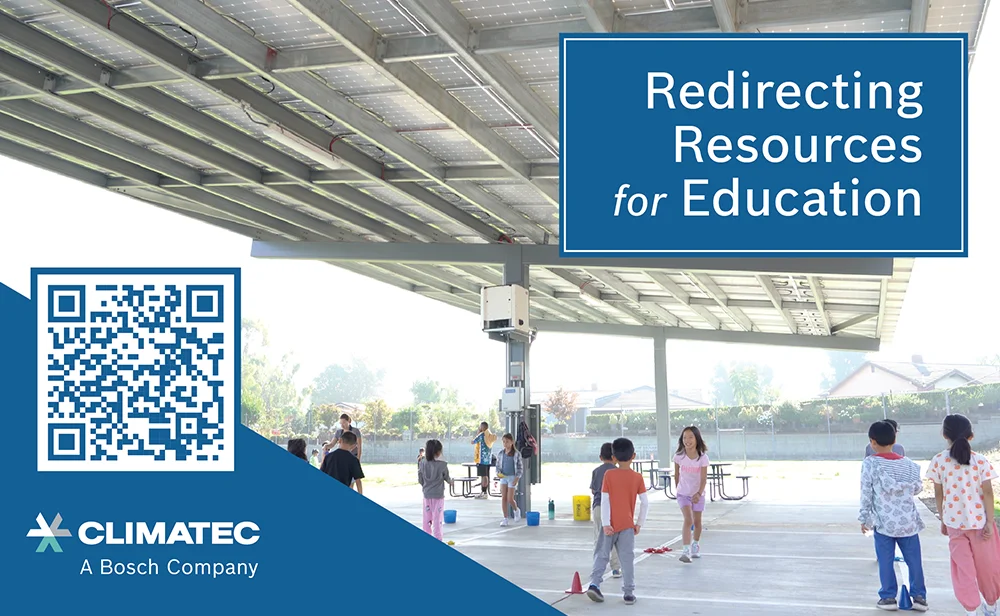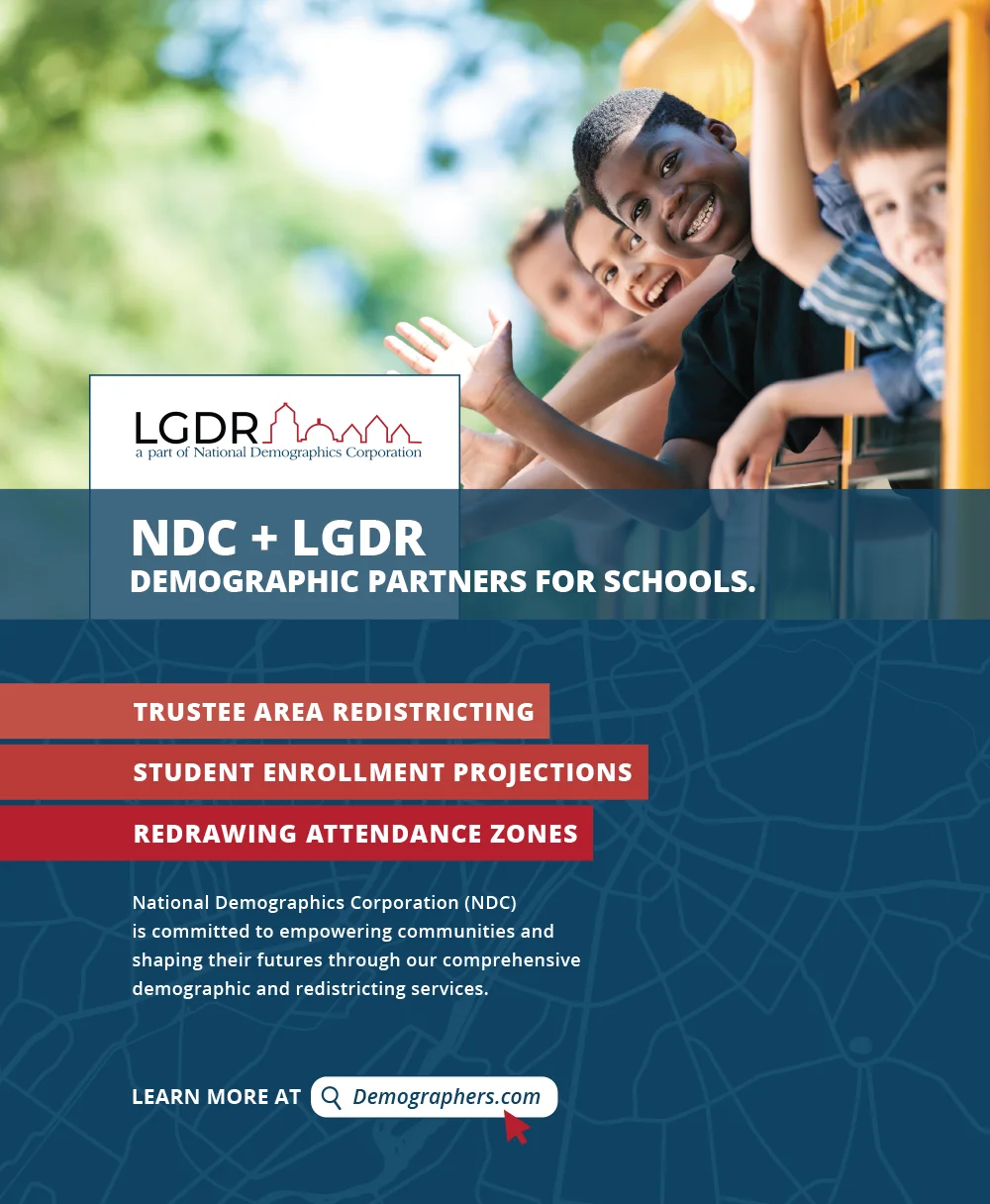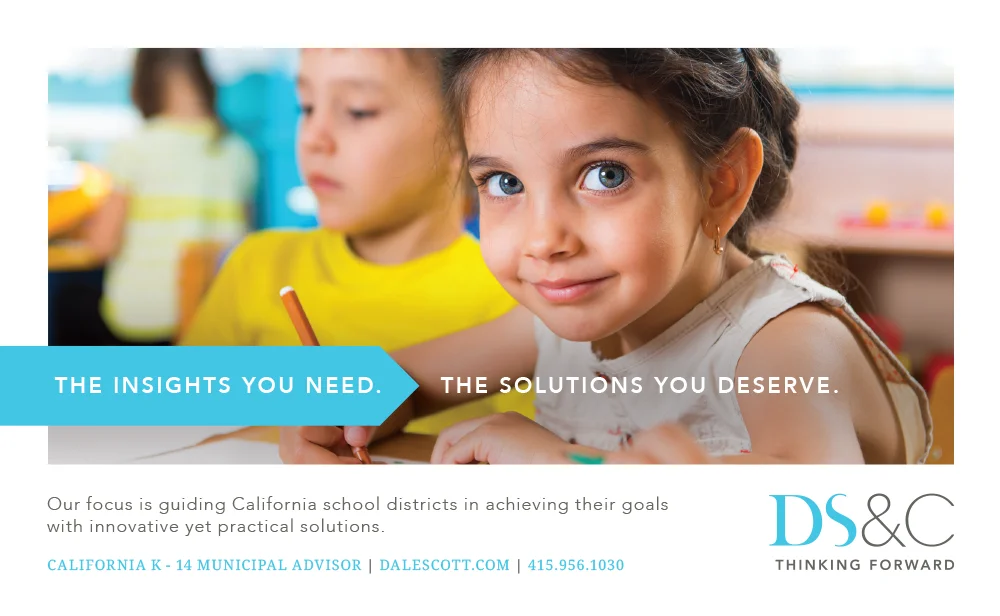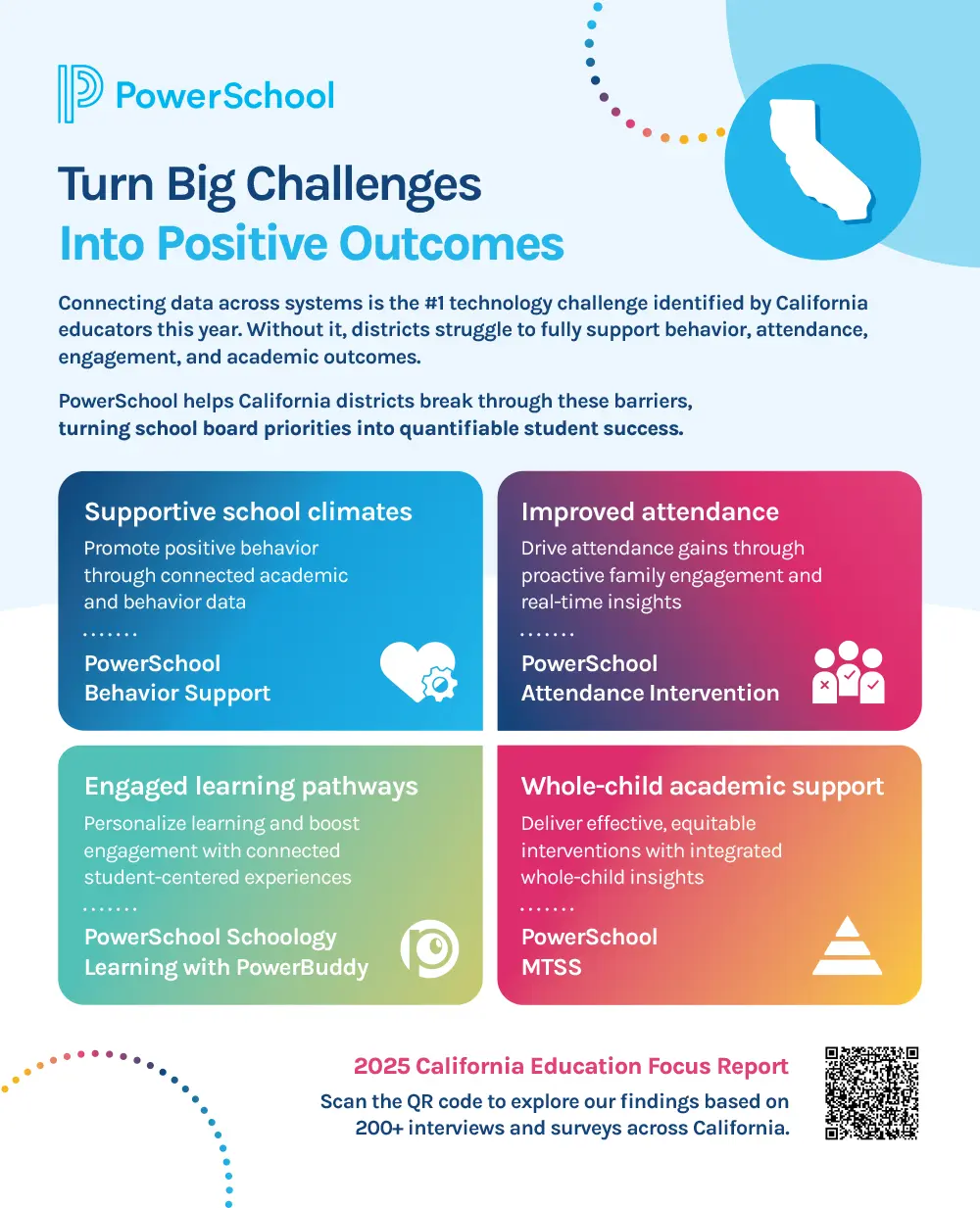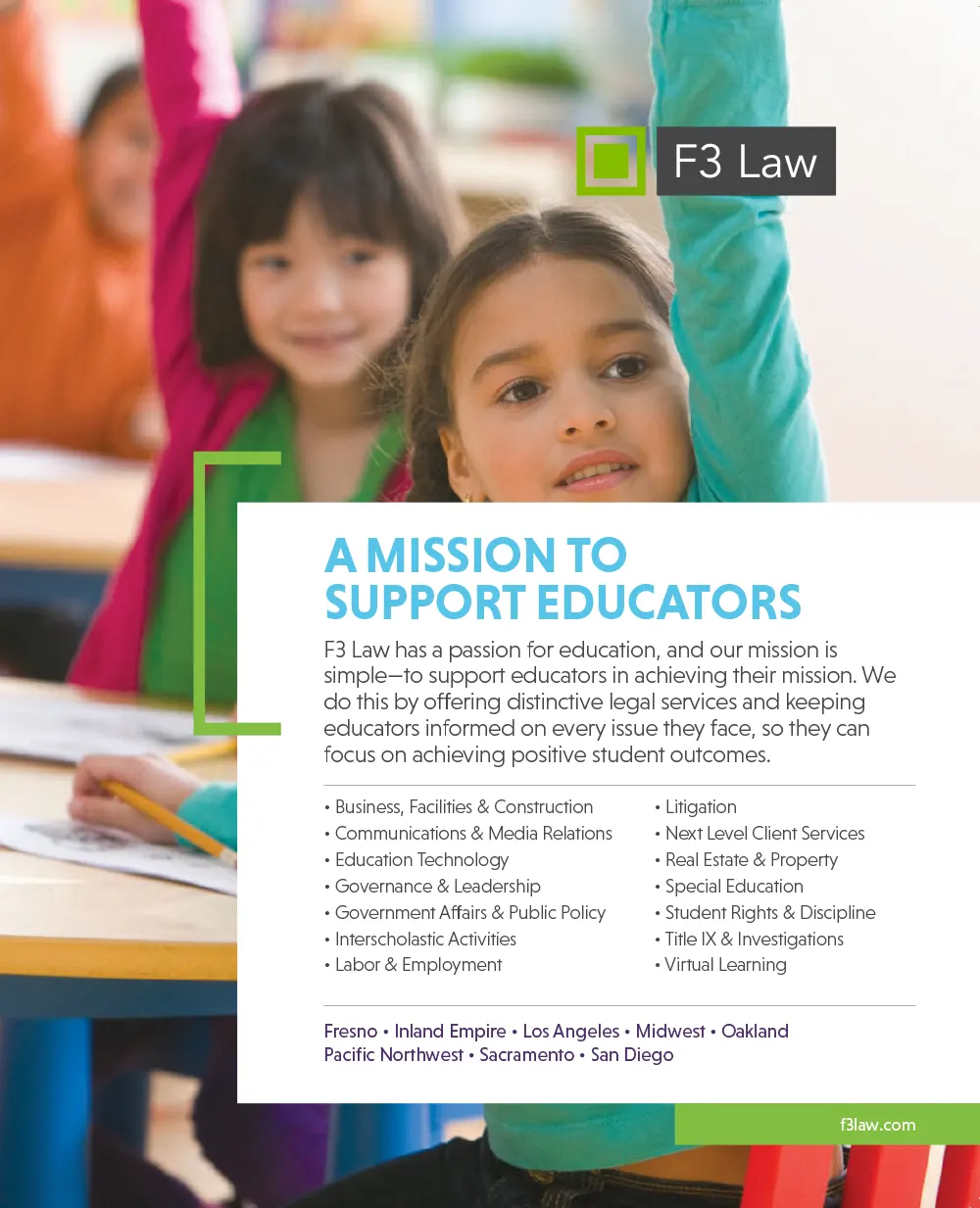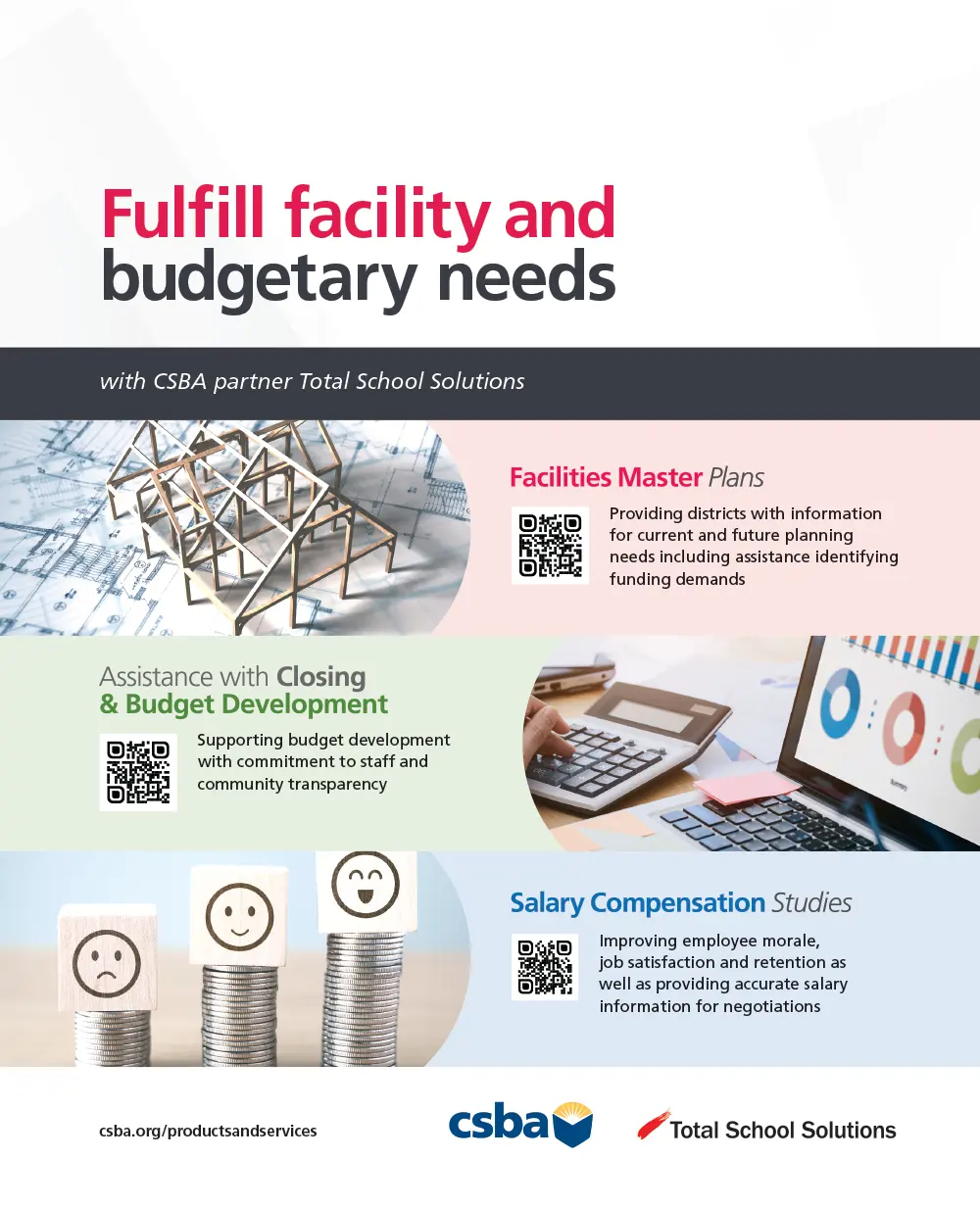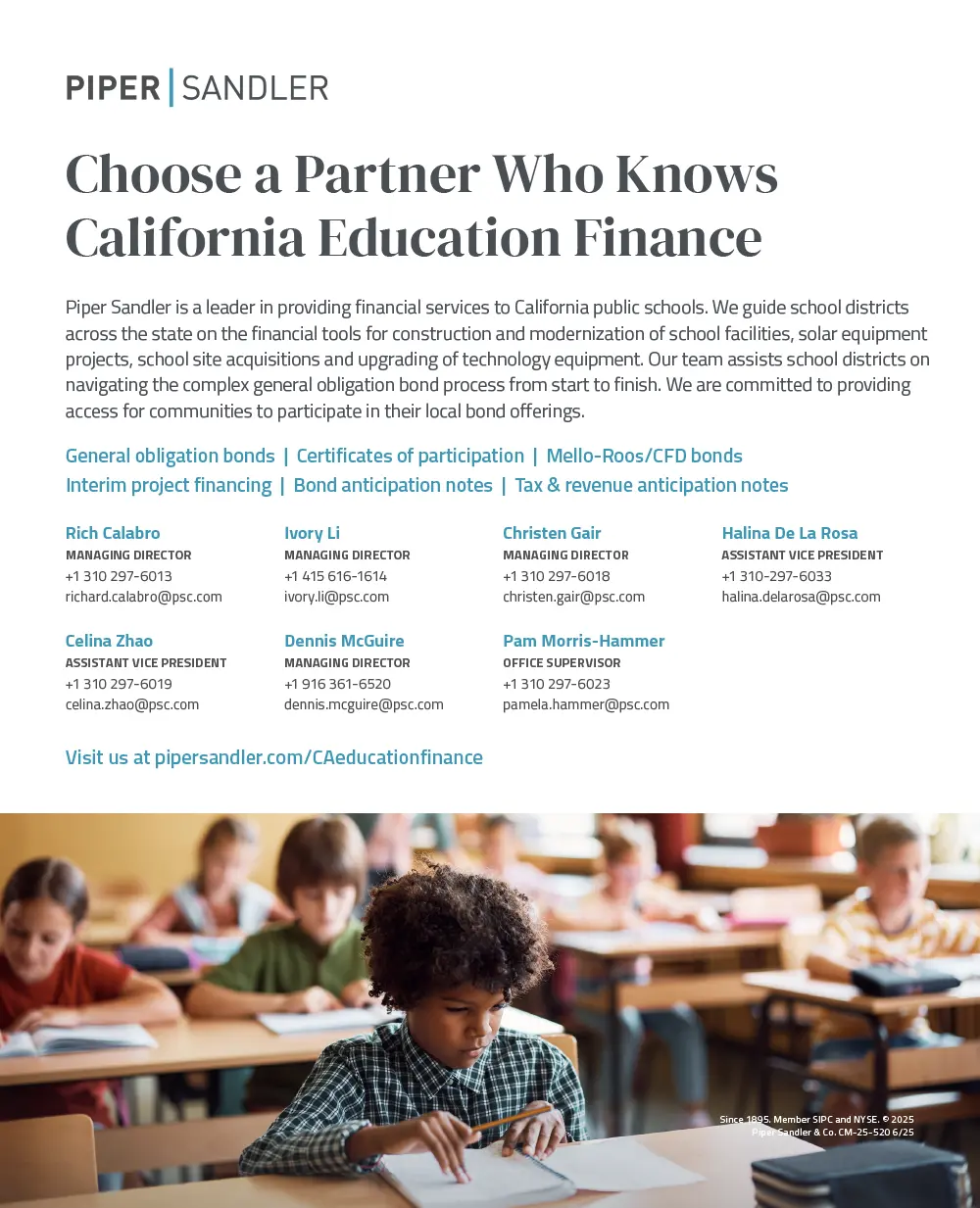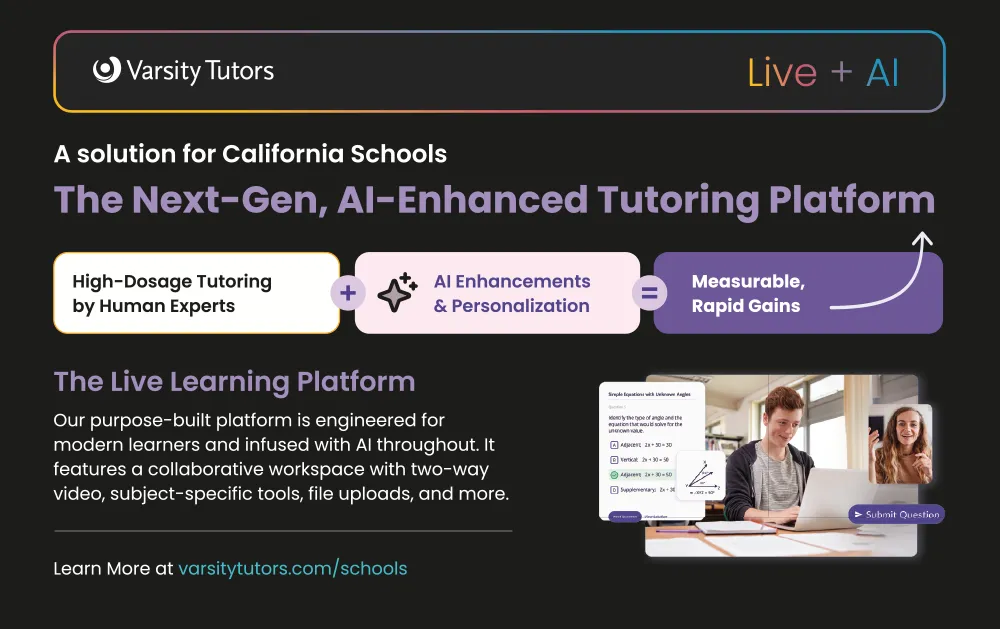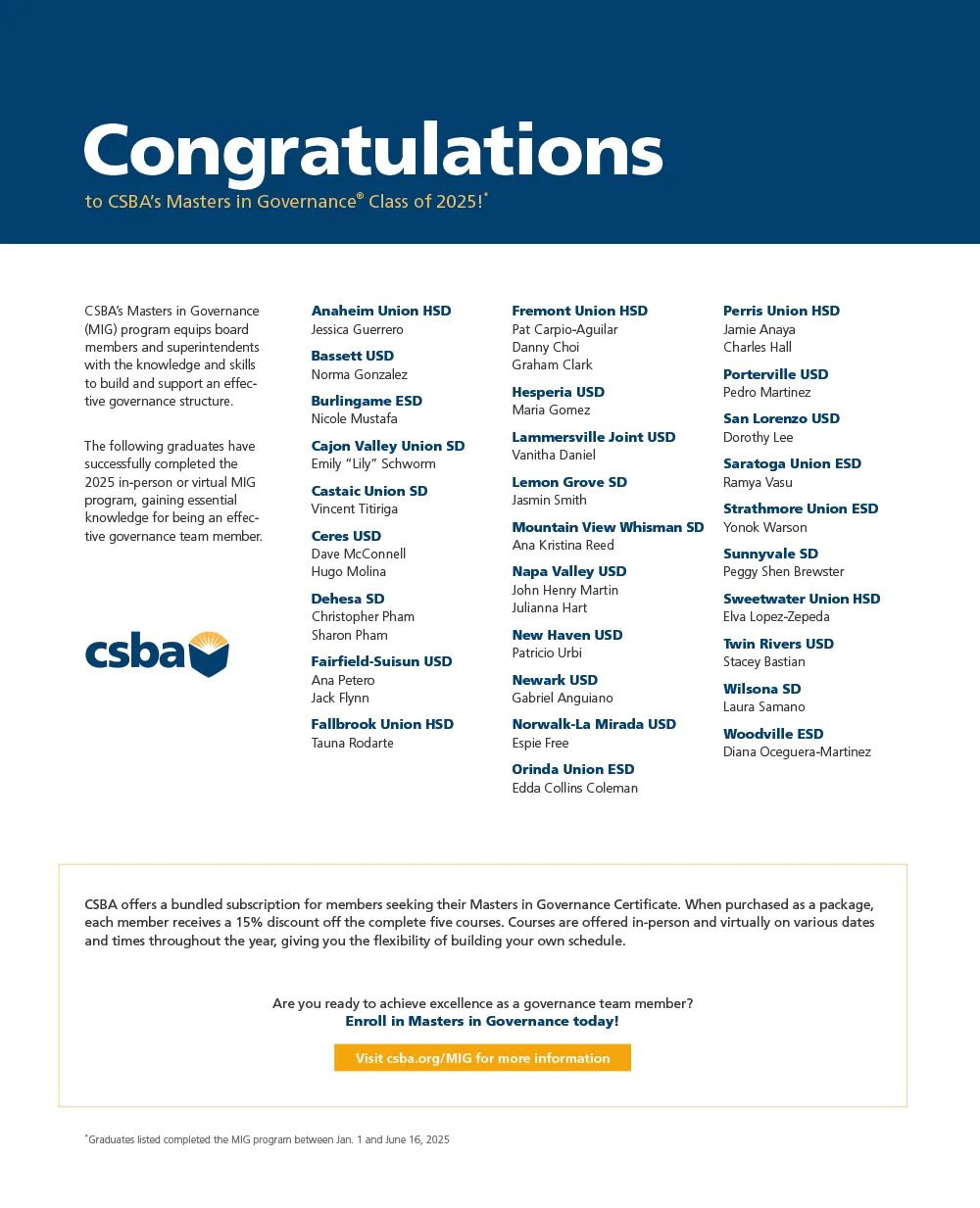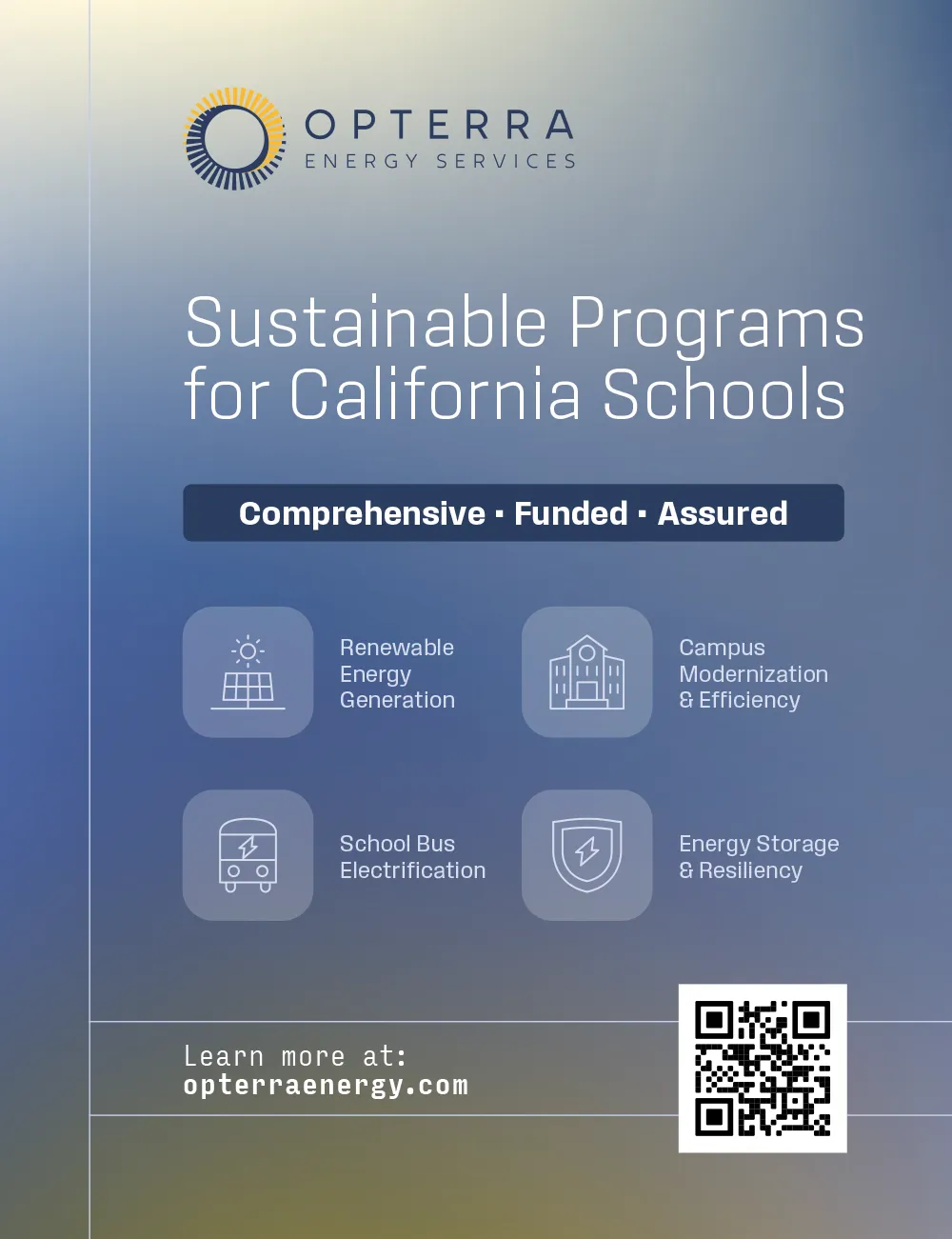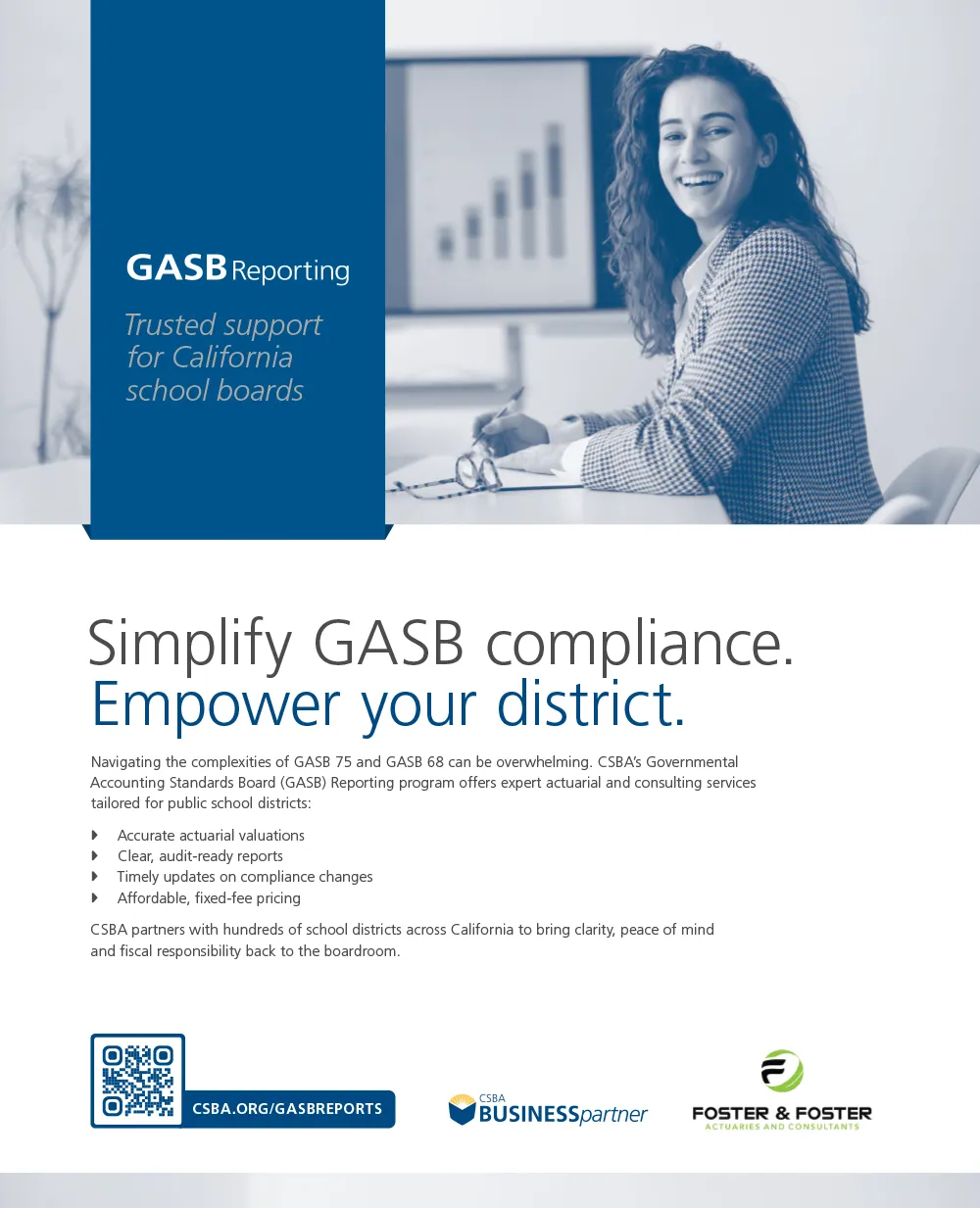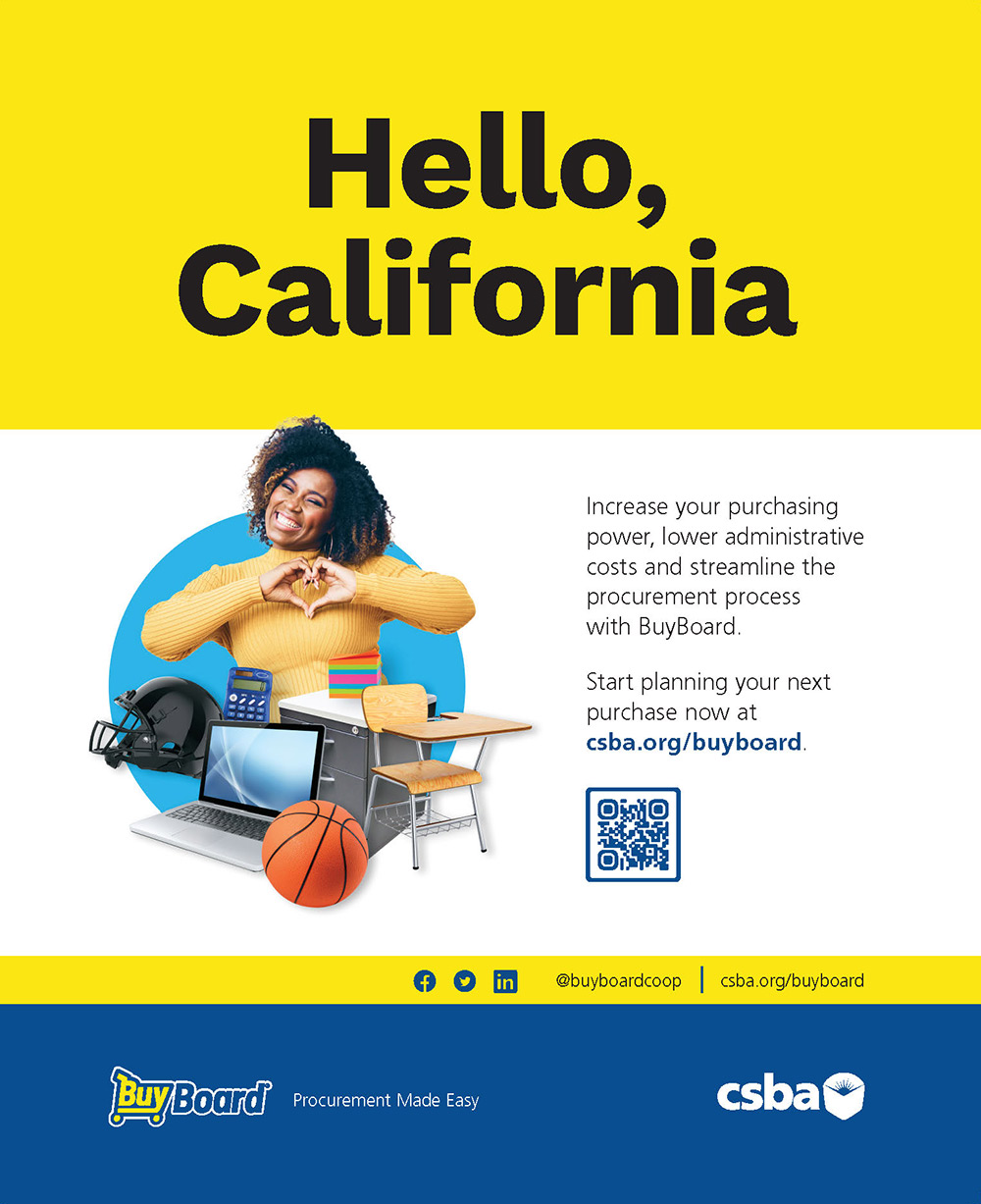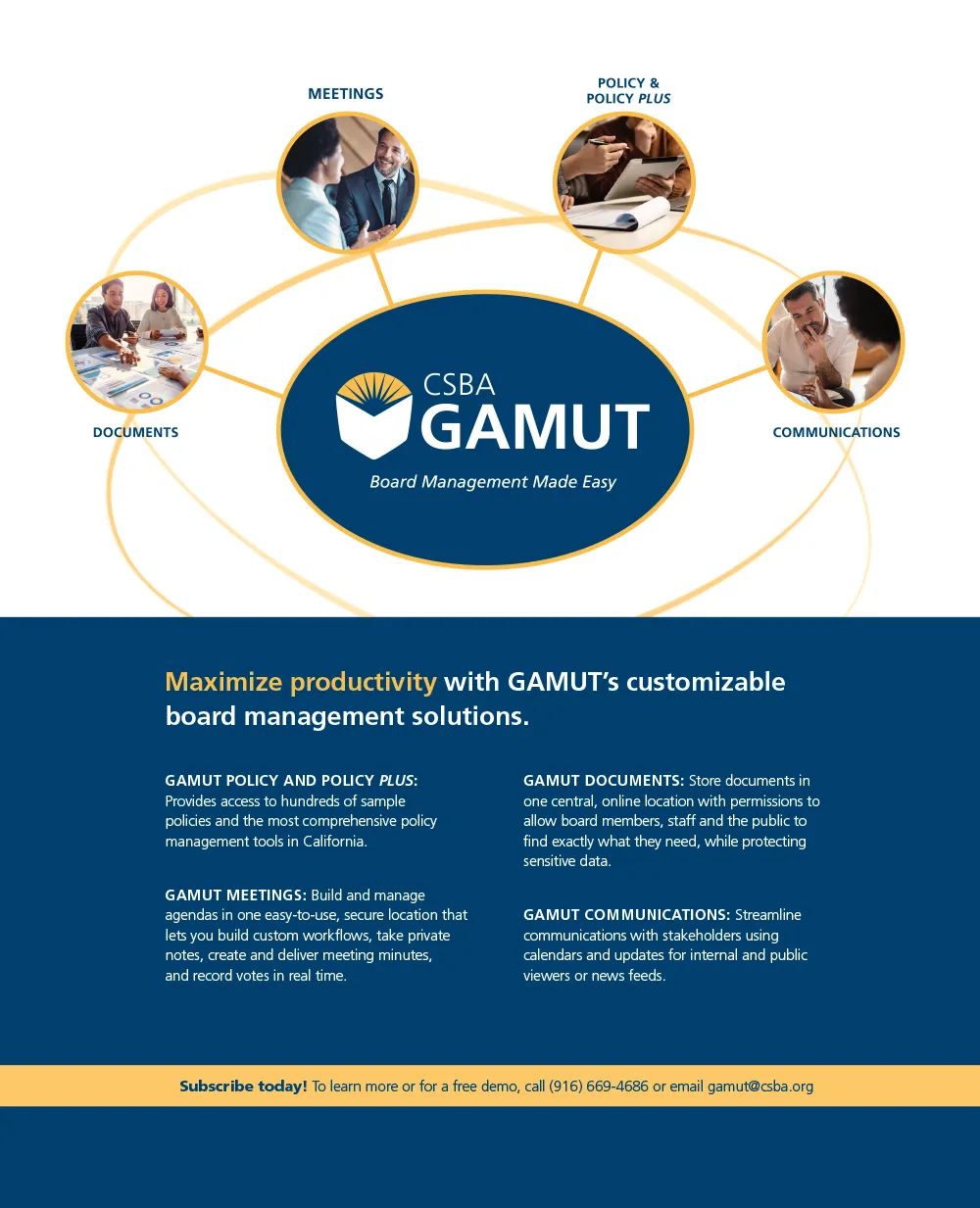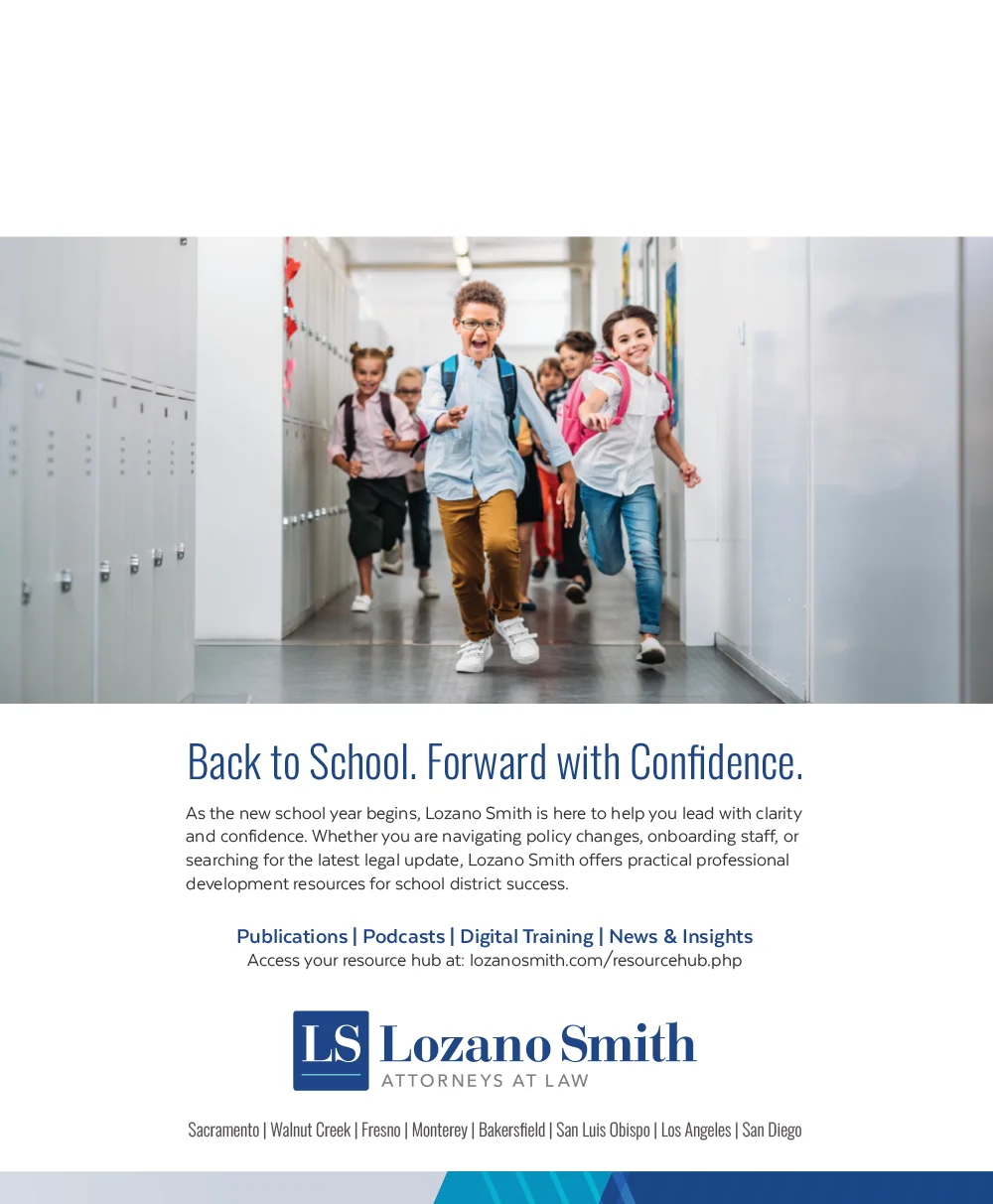
Summer 2025
The California School Boards Association is the essential voice for public education. We inspire our members to be knowledgeable leaders, extraordinary governance practitioners and ardent advocates for all students.
LEA leaders share experiences and advice for navigating disaster
by Heather Kemp
Can California’s new math framework help improve student outcomes?
by Kimberly Sellery
Student diversity in California presents challenges and important opportunities for growth
by Alisha Kirby
Tani Cantil-Sakauye, president and CEO of the Public Policy Institute of California
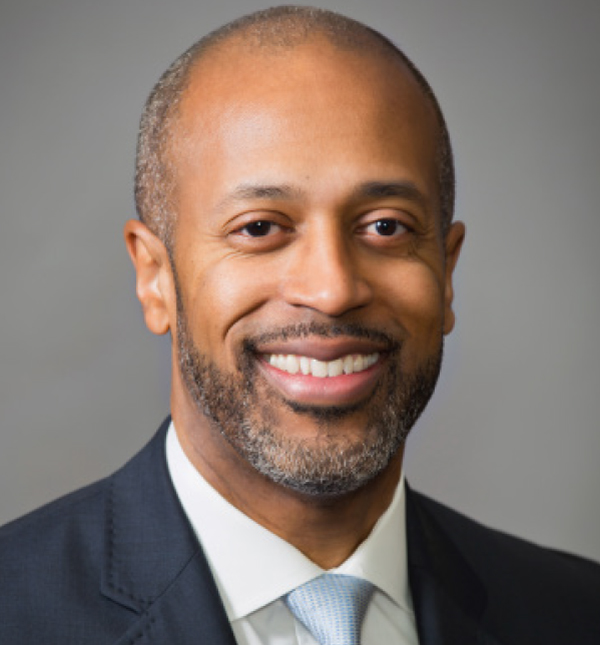
CEO’s note
by Vernon M. Billy
It’s time: The state must develop a coherent plan to close the achievement gap
ess than a year from now, on June 2, 2026, California will hold two elections with major implications for the future of public schools. Voters will head to the ballot box to cast votes in the State Primary and General Election for a new governor and state superintendent of public instruction (SSPI), respectively.

CSBA 2025 Board of Directors
-
Tyler NelsonRegion 1, Ukiah USD
-
Bruce RossRegion 2, Redding ESD
-
Robin JankiewiczRegion 3
-
Renee NashRegion 4, Eureka Union SD
-
Patricia MurrayRegion 5
-
Jackie WongRegion 6, Washington USD
-
Rachel HurdRegion 7, San Ramon Valley USD
-
Christopher “Kit” OaseRegion 8, Ripon USD
-
Roger SnyderRegion 9, Scotts Valley USD
-
Kathy SpateRegion 10, Caruthers USD
-
Daniel SandovalRegion 11
-
William FarrisRegion 12, Sierra Sands USD
-
Annette LewisRegion 14, Contra Costa COE
-
Susan HenryRegion 15, Huntington Beach Union HSD
-
Karen GrayRegion 16, Silver Valley USD
-
Eleanor EvansRegion 17, Oceanside USD
-
Bruce DennisRegion 18, Riverside COE
-
Devon ConleyRegion 20, Mountain View Whisman SD
-
Rocio RivasRegion 21
-
Nancy SmithRegion 22, Palmdale SD
-
Helen HallRegion 23, Walnut Valley USD
-
Jan BairdRegion 24, South Whittier ESD
-
Chris ClarkDirector-at-Large African American, Folsom-Cordova USD
-
Christina Cameron-OteroDirector-at-Large American Indian, Needles USD
-
Sylvia LeongDirector-at-Large Asian/Pacific Islander, Cupertino Union SD
-
Michael TeasdaleDirector-at-Large County, Ventura COE
-
Alma Carina CastroDirector-at-Large Hispanic, Lynwood USD
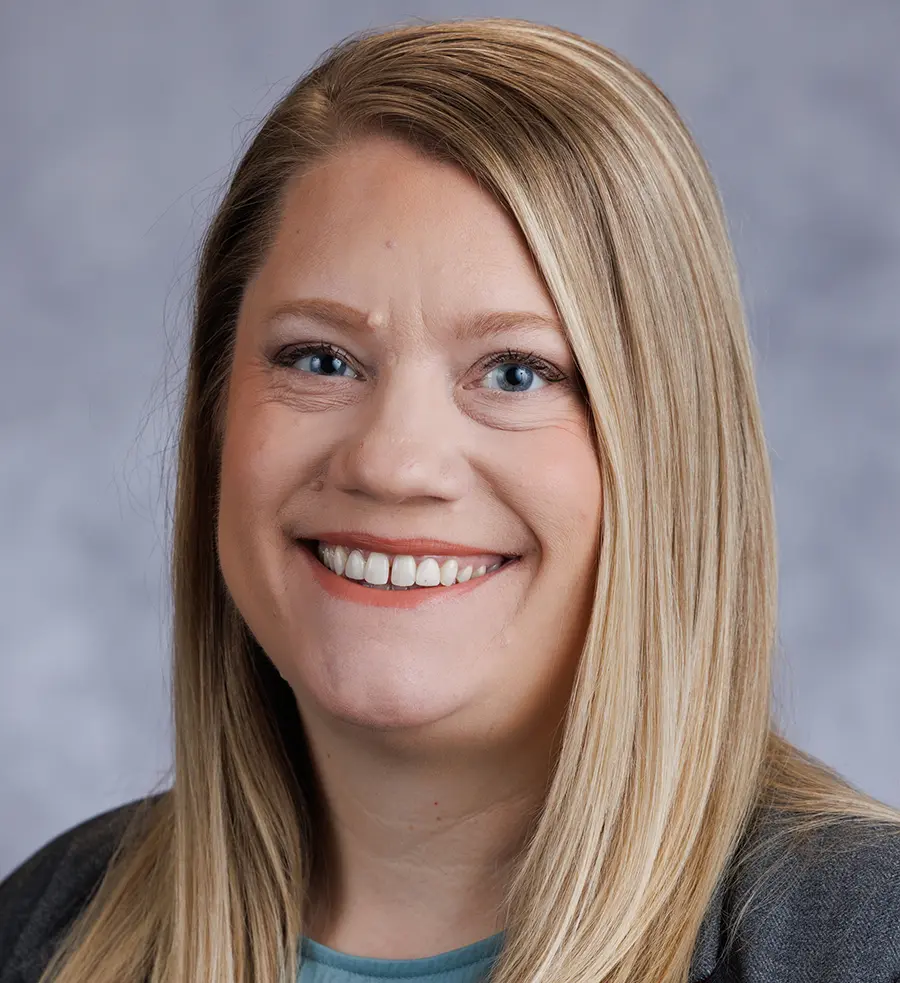
legal insights
Disparate impact discrimination theory under threat
he United States is experiencing a time of great change and agitation in the legal landscape. Among those areas of the law targeted for change is the legal theory of disparate impact discrimination.
On April 23, 2025, President Donald Trump issued Executive Order 14281: Restoring Equality of Opportunity and Meritocracy, which is intended to begin the process to do away with the legal theory of disparate impact discrimination. Other administration actions such as the Department of Education’s (ED) Dear Colleague Letter on diversity, equity and inclusion (DEI) issued in February 2025 seeks to restrict the use of disparate impact specifically in schools. This would present a sea change in both employment and education contexts, as this theory originated more than 50 years ago and has been repeatedly affirmed by the U.S. Supreme Court. While the Executive Order and Dear Colleague Letter do not completely eliminate disparate impact theory, this is a good time to recall the purposes and legal underpinnings of this theory and the Supreme Court jurisprudence that has upheld it.

Chief Information Officer
Troy Flint, tflint@csba.org
Editorial Director
Kimberly Sellery, ksellery@csba.org
Senior Staff Writers
Heather Kemp, hkemp@csba.org
Alisha Kirby, akirby@csba.org
Director of Marketing and Communications
Monica Griffis, mgriffis@csba.org
Director of Graphic Design and Branding
Kerry Macklin, kmacklin@csba.org
Senior Graphic Designer
Amanda Moen, amoen@csba.org
Graphic Designer
Thairah Singharath, tsingharath@csba.org
CSBA officers
Dr. Bettye Lusk, Monterey Peninsula USD
President-elect
Dr. Debra Schade, Solana Beach SD
Vice President
Sabrena Rodriguez, Ventura USD
Immediate Past President
Albert Gonzalez, Santa Clara USD
CEO & Executive Director
Vernon M. Billy
Articles submitted to California Schools are edited for style, content and space prior to publication. Views expressed are those of the authors and do not necessarily represent CSBA policies or positions. Articles may not be reproduced without written permission of the publisher. Endorsement by CSBA of products and services advertised in California Schools is not implied or expressed.

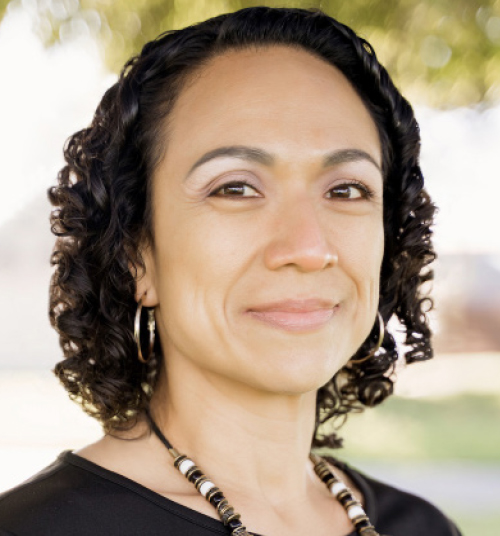
Oakland Unified School District: Transforming student futures through bond measures
A decade of community-driven investment

The passage of the two measures enabled OUSD to design and expand Linked Learning Pathways across the district that are rooted in equity, relevance and real-world learning. These measures have delivered $850 per student per year, totaling millions in annual funding to support initiatives such as:
- College and career readiness staffing
- Academic counseling and credit recovery
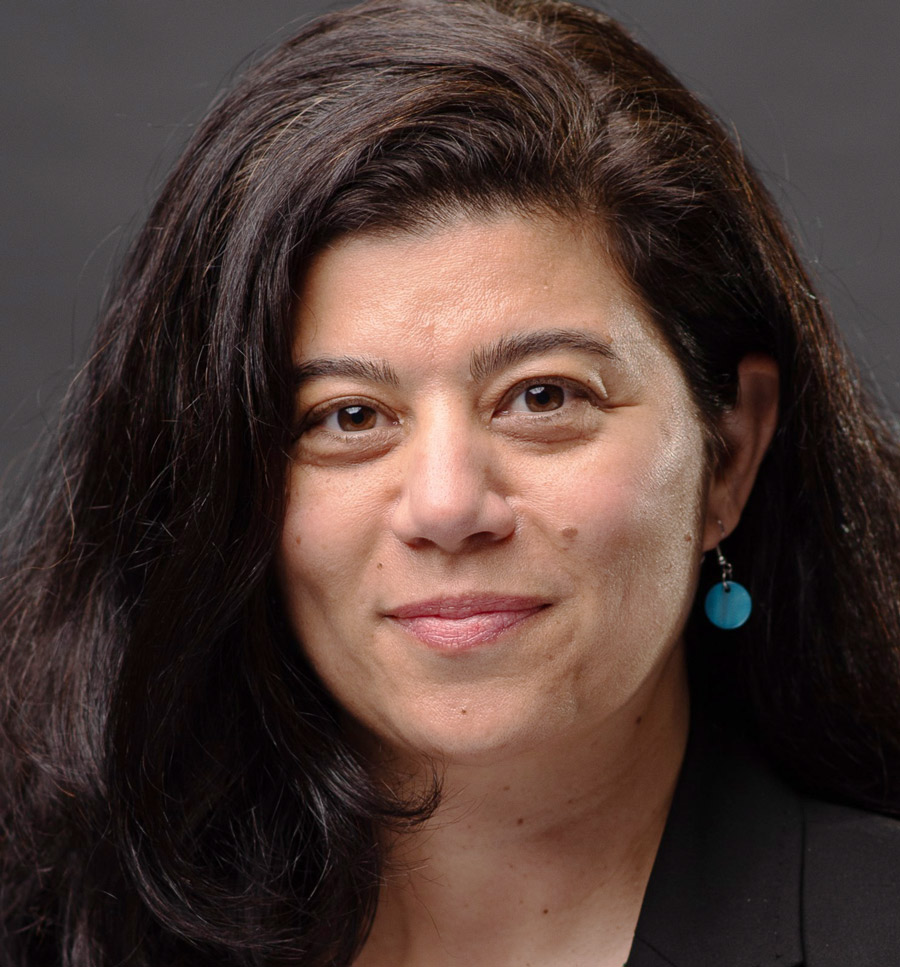
research spotlight
By Angela Asch
May Delegate Assembly digs into CSBA Policy Pillars
SBA’s Delegate Assembly (DA) meets twice a year to receive updates from association leadership and to discuss issues facing local educational agencies (LEAs). The Delegates work with LEAs and CSBA’s Board of Directors and Executive Committee to ensure the interests of school districts and county offices of education throughout the state are top of mind. Delegates meet every May and before the CSBA Annual Education Conference and Trade Show in December.

Within the Policy Platform, four overarching pillars guide CSBA’s work on its vision for California’s children: to graduate prepared for post-high school success in college and the workforce with the skills to be lifelong learners and effective, contributing members of a global society. The pillars are: Strengthen Local Governance, Secure Fair Funding, Improve Conditions of Children and Ensure Achievement for All.

I was elected to the board in November 2024, and I chose to run because I believe in the power of public education to shape lives and strengthen communities. As the son of a lifelong teacher, I grew up understanding the impact of dedicated educators. To me, this role is about service, responsibility and commitment — some of my core values. I hope to bring a steady, thoughtful presence to the board by listening carefully, showing up consistently, and putting students, families and educators at the center of every decision.
My work often shows me the hard reality that some kids face outside of school. It is a constant reminder that for many students, school is not just place to learn, but where they feel safest, supported and seen. That experience stays with me every time I sit at the board table. It reminds me that our responsibility goes beyond test scores or facilities. We need to make sure every student feels safe, cared for and connected.
Serving as a student board member gave me an early, firsthand look at how school districts really operated, from budgeting and policy decisions to how those choices ultimately affect students in the classroom. I learned how to listen, ask questions and speak up with purpose, even when I was the youngest person in the room. That experience not only gave me confidence but taught me that leadership is not always about having the answers right away. That experience laid the foundation for how I approach board service today: with respect for the process, a focus on people and a deep belief in the value of public education.
I have always been inspired by people with a strong sense of adventure and purpose. However, while I strongly admired astronauts and archaeologists, my family members were certainly my greatest inspiration. My maternal grandfather was a World War II Marine, who taught me resilience, dedication and compassion. My paternal grandparents were Holocaust survivors, who taught me perseverance, self-reliance and the importance of community. I was also inspired by the story of my great-grandfather, Szmul Zygielbojm, who sacrificed his life for the greater purpose of protecting others.
Our schools must equip students with the tools, skills and confidence to thrive in a rapidly changing world. That is why I strongly support expanding early-college programs, so students can earn college credit while still in high school. These programs save families money, give students a head start, and expose them to the rigor and responsibility of higher education before graduation. At the same time, we must also invest in high-quality career technical education pathways. Not every student’s future looks the same, and our schools should reflect that. Our children are entering a world of fast-moving technology, evolving industries and global challenges. As a parent and public servant, I am committed to building an education system that is forward-looking, inclusive and full of opportunity.
Would you like to participate in an upcoming Member Profile? Contact editor@csba.org.

I was elected to the board in November 2024, and I chose to run because I believe in the power of public education to shape lives and strengthen communities. As the son of a lifelong teacher, I grew up understanding the impact of dedicated educators. To me, this role is about service, responsibility and commitment — some of my core values. I hope to bring a steady, thoughtful presence to the board by listening carefully, showing up consistently, and putting students, families and educators at the center of every decision.
My work often shows me the hard reality that some kids face outside of school. It is a constant reminder that for many students, school is not just place to learn, but where they feel safest, supported and seen. That experience stays with me every time I sit at the board table. It reminds me that our responsibility goes beyond test scores or facilities. We need to make sure every student feels safe, cared for and connected.
Serving as a student board member gave me an early, firsthand look at how school districts really operated, from budgeting and policy decisions to how those choices ultimately affect students in the classroom. I learned how to listen, ask questions and speak up with purpose, even when I was the youngest person in the room. That experience not only gave me confidence but taught me that leadership is not always about having the answers right away. That experience laid the foundation for how I approach board service today: with respect for the process, a focus on people and a deep belief in the value of public education.
I have always been inspired by people with a strong sense of adventure and purpose. However, while I strongly admired astronauts and archaeologists, my family members were certainly my greatest inspiration. My maternal grandfather was a World War II Marine, who taught me resilience, dedication and compassion. My paternal grandparents were Holocaust survivors, who taught me perseverance, self-reliance and the importance of community. I was also inspired by the story of my great-grandfather, Szmul Zygielbojm, who sacrificed his life for the greater purpose of protecting others.
Our schools must equip students with the tools, skills and confidence to thrive in a rapidly changing world. That is why I strongly support expanding early-college programs, so students can earn college credit while still in high school. These programs save families money, give students a head start, and expose them to the rigor and responsibility of higher education before graduation. At the same time, we must also invest in high-quality career technical education pathways. Not every student’s future looks the same, and our schools should reflect that. Our children are entering a world of fast-moving technology, evolving industries and global challenges. As a parent and public servant, I am committed to building an education system that is forward-looking, inclusive and full of opportunity.
Would you like to participate in an upcoming Member Profile? Contact editor@csba.org.
class act
Best practices in action
As much of the nation struggles to improve literacy rates among its youngest students, Hemet Unified School District — where nearly 87 percent of students are unduplicated homeless/foster youth, English learners or are low-income — has seen K-12 literacy rates skyrocket since implementing a new literacy program in 2021 focused on promoting best practices and building teacher capacity.
In partnership with WestEd, the district implemented a new strategy focused on continuous improvement, creating a system map to identify the moving parts within the literacy system, and using that information to design and implement systems that promote best practices, build capacity of teachers and leaders, and effectively measure and monitor student progress.
Three years ago, less than 15 percent of Hemet USD students in grades 2-12 were reading at grade level. That number has risen to 40 percent. Hemet USD Director of Literacy and Instructional Development Kristen Anderson said about 65 percent of first graders currently moving into second grade are anticipated to be reading at grade level.
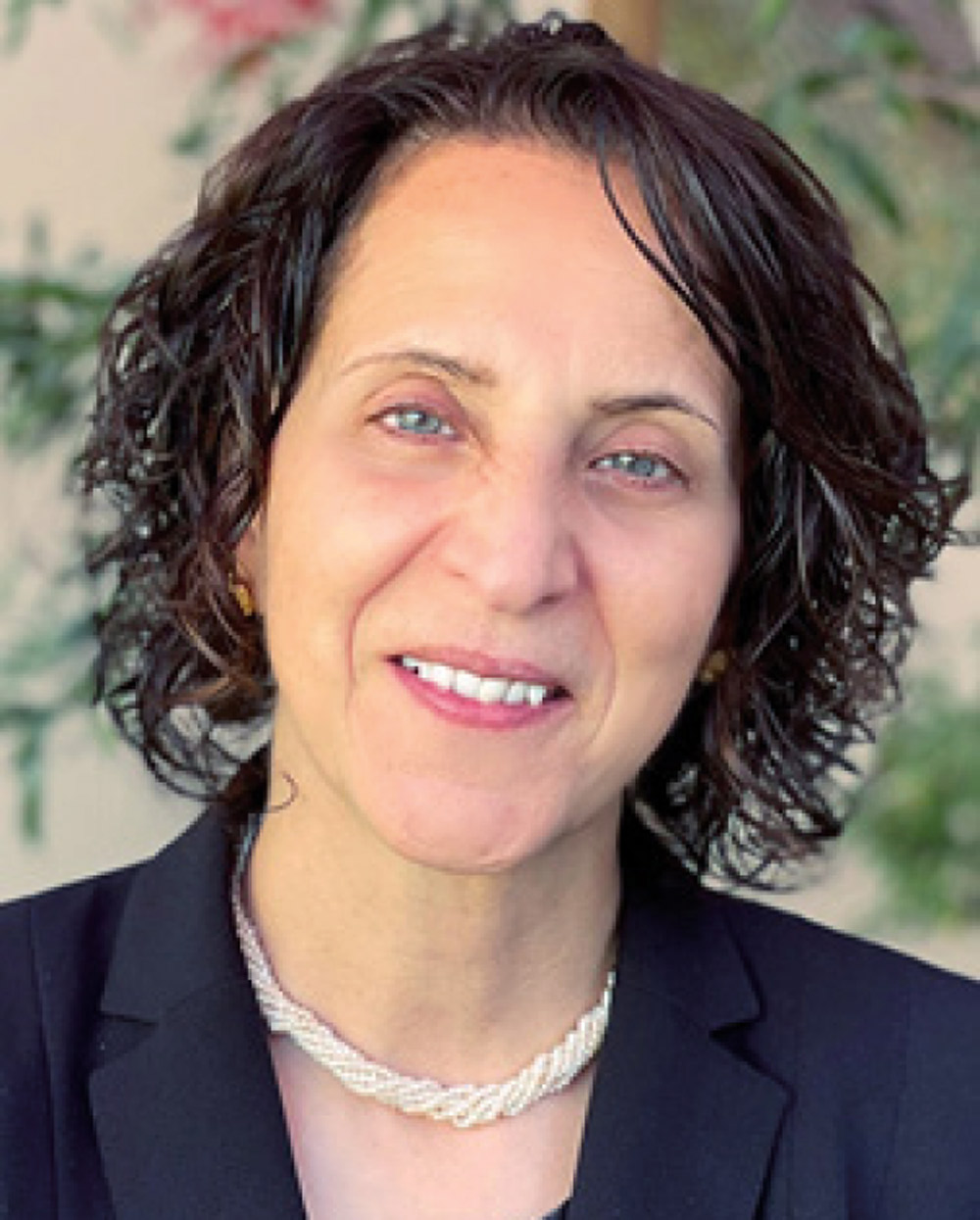
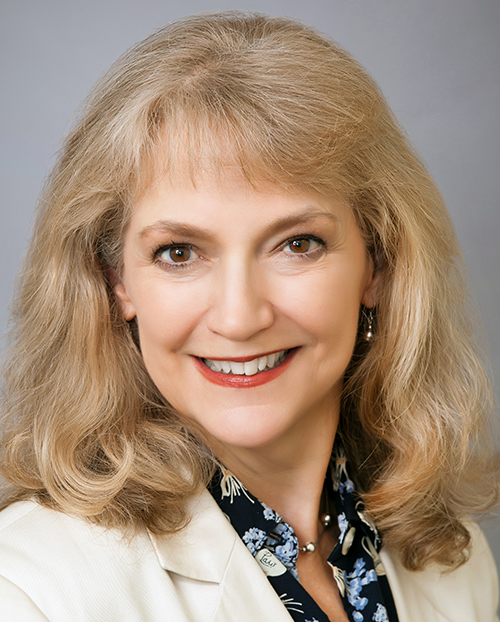
BoardWise
t is likely that new and veteran governance team members from local educational agencies both small and large throughout California find there are certain issues that can seem perennially insurmountable, despite boards devoting resources and energy to facing them. One such issue is how to close the achievement gap.

As a veteran superintendent and former leader of the Association of California School Administrators (ACSA), I know the critical importance of measuring outcomes cannot be underestimated. After all, as educators and governing boards, we must hold ourselves accountable to the goals we set for our students, our system as a whole and ourselves. Using data to measure outcomes is an essential part of any improvement cycle, and everyone responsible for educating children needs data to make decisions.
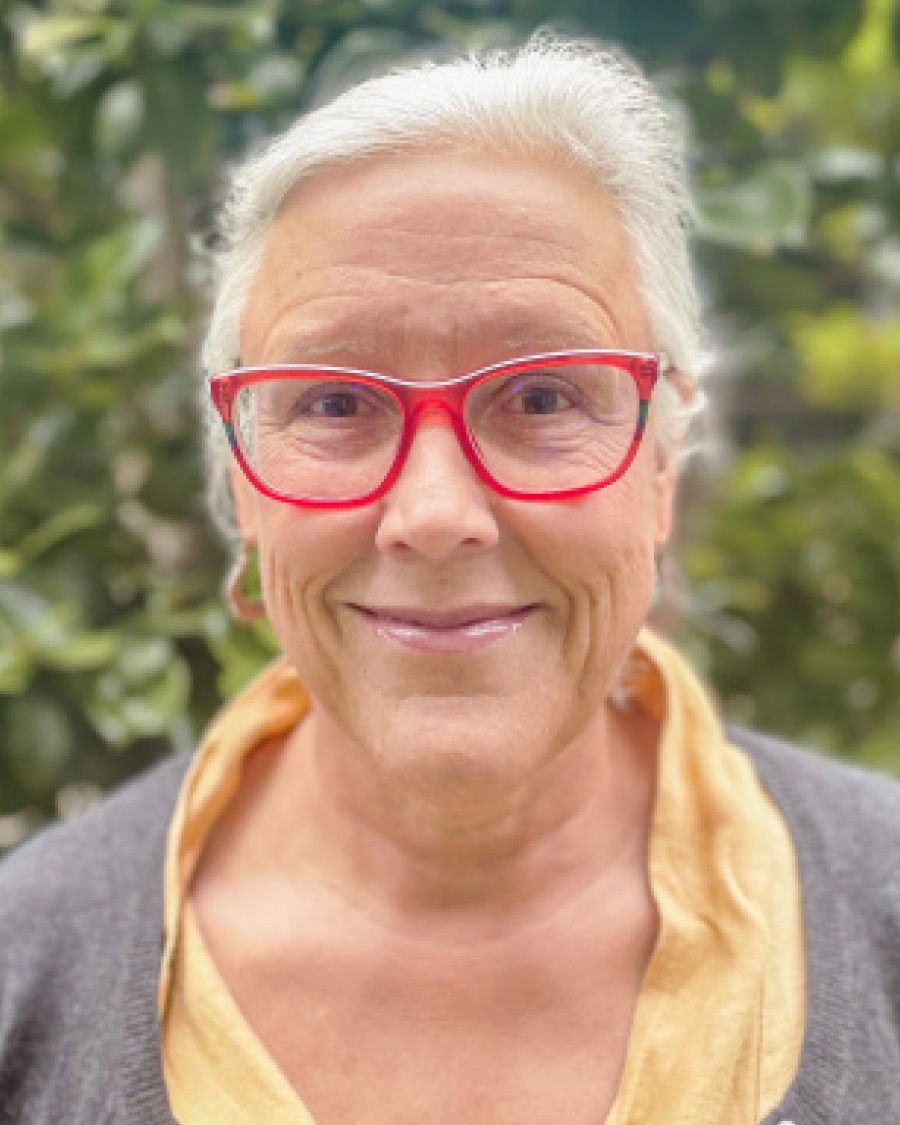
csba at issue
rom March 2020 through the 2021–22 school year, Congress and the U.S. Department of Agriculture enabled schools to provide free meals daily to all students to help relieve hunger during the COVID-19 pandemic.

The state commissioned the Nutrition Policy Institute (NPI), in the University of California’s Agriculture and Natural Resources, to evaluate the program, see how implementation has worked, how it can be improved, and what impact it is making for students, families and schools.
Perhaps the most important thing to point out from the evaluation is how popular the program is among students and families. The majority of families want the program to continue because it not only provides healthy meals to students, but also saves families time and stress and helps to stretch their food budgets.

The Eaton Fire sparked on the evening of Jan. 7. Later that night, Pasadena Unified School District officials knew it was going to forever change the lives of its community.
Public Information Officer Hilda Ramirez Horvath said that the district had already activated its emergency operations center in anticipation of severe winds. Leaving work around 9 p.m., smoke was in the air with scattered ash and downed trees setting an unsettling scene. The district had announced earlier that schools would be closed the following day due to the fire.


The U.S. Census Bureau predicts that by 2044, the U.S. will no longer have a single ethnic majority. Recent analysis shows California ranks first for cultural diversity, having the highest linguistic diversity and the second-highest racial and ethnic diversity in the country. The Golden State also ranks third for socioeconomic diversity, fifth for household diversity and eighth for political diversity, according to Wallethub, which analyzed each state’s diversity level by evaluating and ranking six categories.
While the word “diversity” has become something of a flashpoint term, research shows that students in highly diverse schools tend to exhibit higher self-esteem, have reduced feelings of loneliness, report feeling safer in school and experience less peer-to-peer harassment — social-emotional and school climate factors that are all associated with increased academic achievement.


Student diversity in California presents challenges and important opportunities for growth
The U.S. Census Bureau predicts that by 2044, the U.S. will no longer have a single ethnic majority. Recent analysis shows California ranks first for cultural diversity, having the highest linguistic diversity and the second-highest racial and ethnic diversity in the country. The Golden State also ranks third for socioeconomic diversity, fifth for household diversity and eighth for political diversity, according to Wallethub, which analyzed each state’s diversity level by evaluating and ranking six categories.
While the word “diversity” has become something of a flashpoint term, research shows that students in highly diverse schools tend to exhibit higher self-esteem, have reduced feelings of loneliness, report feeling safer in school and experience less peer-to-peer harassment — social-emotional and school climate factors that are all associated with increased academic achievement.
a conversation with…
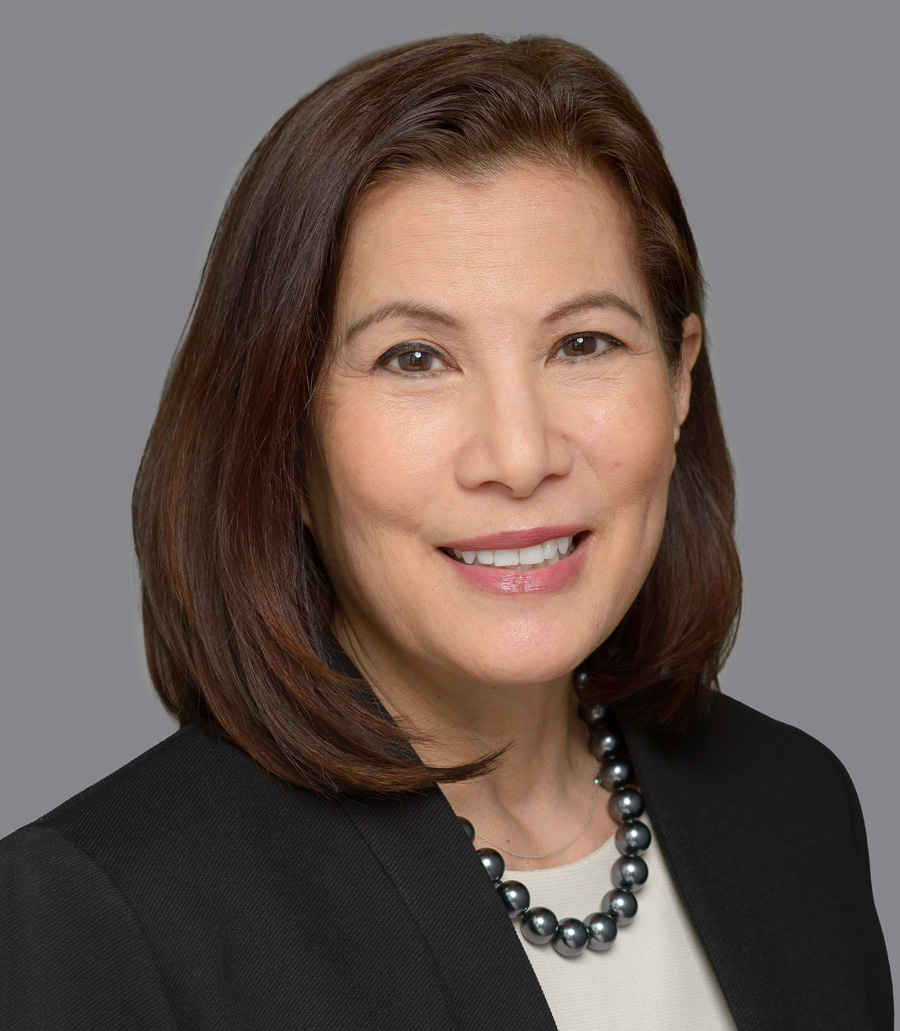
a conversation with…

ad index
- Atikinson, Andelson, Loya, Ruud & Romo43
- Burke, Williams & Sorensen, LLP36
- Buyboard47
- Carson Dellosa Education35
- Climatec10
- CSBA Annual Education Conference & Tradeshow4
- CSBA County Board Conference51
- CSBA GAMUT48
- CSBA Legal Services1
- CSBA Masters in Governance39
- CSBA’s Education Legal Alliance52
- Dale Scott & Co26
- Dannis Woliver Kelley2
- Fagen Friedman & Fulfrost, LLP29
- GASB Reporting45
- Jones Hall50
- Keenan & AssociatesIC
- Lozano SmithBC
- National Demographics16
- Nor Cal Carpenters UnionIBC
- Opterra44
- Orbach Huff + Henderson LLP14
- PARS28
- Piper Sandler37
- PowerSchool27
- SELF18
- Total School Solutions34
- Varsity Tutors38
- Western States Regional Council of Carpenters21
- Burke, Williams & Sorensen, LLP36

Thanks for reading our Summer 2025 issue!


